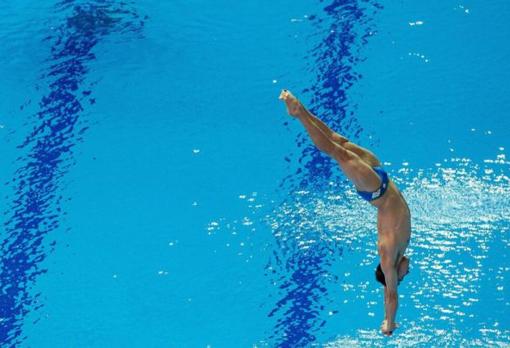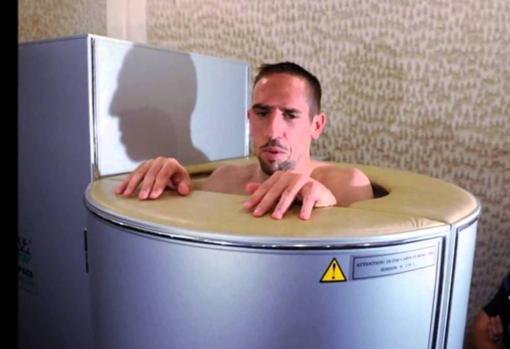One of the most striking moments for the public in Rafa Nadal's heroic comeback against Daniil Medvedev was the post-match in the Spanish champion's locker room, when he got on a yellow and black exercise bike and spent twenty minutes riding to release the lactic acid , the body's indicator of fatigue and loss of energy. A way to recover the body and cleanse it after a colossal effort. This Nadal practice is one of the many hidden tasks that athletes perform to improve their performance.
Loss of rollers. The exercise bike is a very common piece in cycling. It serves to loosen the muscles before a time trial and also to release lactic acid after the stages.
It is a variant that has become popular over time, and is practiced by most teams, starting with Ineos, Jumbo and Emirates.
Machines for reflexes. The Batak is a two by two meter square device and its operation is simple: turn on a point of light, one by one and randomly, so that the pilot turns it off with his hand in the shortest possible time. A person with practice reaches 75 or 80 touches. An F1 driver, accustomed to this training, easily reaches 105-110 impacts. And Fernando Alonso hits 138.

Lots of hot water. Trampoline jumpers can relax in a pool of warm water after launching into the pool from the platform or trampoline. He has a reason. The water in the pool is cold and the water in the bucket is hot. In this way they compensate for body heat and also mitigate the effects of air conditioning in closed places.

cryotherapy chambers. Cryotherapy consists of introducing the body into chambers at extreme temperatures below zero, -100, for less than five minutes. It is common for elite athletes to immerse themselves in ice baths after a game to speed up their physical recovery.
